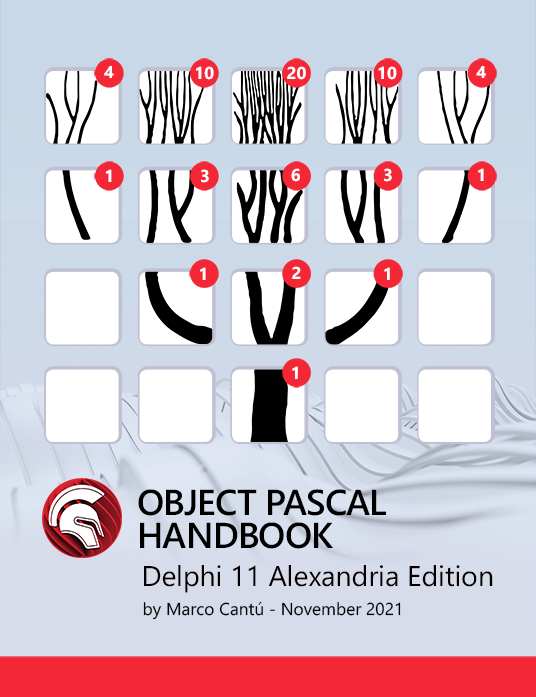
Python is a high-level programming language that may be used to create a wide range of applications, such as online applications, software and game development, network programming, graphical user interfaces (GUIs), scientific and quantitative applications, and more. It also has a long list of success stories, demonstrating that it assists a wide range of businesses in accomplishing their objectives. This article will be looking at unquestionable reasons to love Python GUI.
Table of Contents
What are Python GUIs and the main reasons to love them?

GUI stands for Graphical User Interface, and it refers to computer applications that allow users to interact with an underlying application or system through a visual interface. For example, our smartphones’ graphical user interfaces (GUIs) will enable us to engage with many functionalities via the display, which we can touch, tap and swipe on.
In simple words, a Python GUI is a graphical user interface created in the Python programming language. Python is a widely-used programming language due to its ease of use, widespread adoption, and, most significantly, its beginner friendliness. Python is wonderful for creating graphical user interfaces, as well as being extremely valuable in the disciplines of data science and machine learning. It even provides a number of frameworks that beginners can utilize to get started with GUI development.
What Makes Python Unique?
Python’s codebase is clean and well-structured, making it easy for developers to update and maintain the software. In addition, they don’t require developers to write any more code, which saves them both time and effort. As a result, they may devote their time to something more beneficial for the company.
Python’s syntax consists primarily of English keywords, emphasizing code readability. During the development of the application, the readability of the code is crucial. When the software is used in the real world, the customers’ needs may change. You won’t have to worry about shifting needs with Python. Even if the developers who designed the program earlier have left the company, the new developers will be able to read and comprehend the old code and apply the new requirements accordingly.
Why is PyScripter the best IDE for Python GUIs?
PyScripter originated as a simple IDE to supplement the excellent Python for Delphi (P4D) components by providing a reliable scripting solution for Delphi applications. Because it is written in a compiled language, it has a more current user interface and is faster than some other IDEs. It also has several features that make it a good Python development environment.
This fantastic IDE seeks to create a Python IDE that can compete with other languages’ traditional Windows-based IDEs. PyScripter is an excellent program. Lightweight, versatile, and extendable with a lot of features. Because it was built from the ground up for Windows, it is substantially faster and more responsive than cumbersome text editors, general-purpose IDEs, or other Python cross-platform IDEs, making it a perfect match for Python GUI programming and application
How does Delphi supercharge Python development?
Python’s versatility as a programming language stems from the fact that it can be used to create for all major platforms. You can develop programs for not only Windows but also Android, macOS, and Linux with the right Python tools. Using development tools that allow you to do so opens up a whole new universe of possibilities for your app, one that isn’t limited to a single platform.
Delphi’s Python modules make it easier to use Python to develop for other prominent platforms. For example, you may create GUI-based applications for Windows using DelphiVCL. You can also utilize DelphiFMX to create robust user interfaces for other systems like macOS and Linux. Other libraries rarely offer this kind of versatility because they tend to focus primarily on a single platform. This library can also be used to build Android GUI apps with Python, the details for which can be found here.
What are the user interface styling options offered by Delphi?
The goal of modern GUI development is to give the user more control over the application’s appearance. As a result, applications have begun to include elements that allow the user’s interface to adapt to their actions and deliver a more personalized experience. For example, the popularity of ‘dark mode’ among developers and even casual users is a good illustration. All of the application’s themes and visual elements are changed to darker tones to reduce eye strain.
The Activity Indicator in Delphi’s Python tools provides similar capabilities. In addition, it aids with the development of your application’s visual style by providing rapid examples of how various design choices will turn out. This feature allows you to understand better how your final GUI will look and helps you enhance it.
What sort of Delphi UI Components are available?
Modern Python applications can incorporate a wide range of graphical components and interfaces. Your Python utility should have a user interface that can handle every situation. Therefore, development tools must include a wide range of GUI visual components in their toolkit. This will enable you to create unique GUIs and closely manage their functionalities.
The Python modules in Delphi provide a massive collection of buttons, sliders, text boxes, and combo boxes. Data transmission and network access components are also available directly from your IDE. In addition, the functional components, which would have required programming work otherwise, are now known as drag-and-drop features. Such services streamline the development process and increase the speed with which GUIs are developed.
What makes Delphi a powerful development framework?
Any development framework must be capable of delivering high performance at all times. The reliability of your development technology determines the reliability of your apps. As a result, your Python tools must guarantee consistent GUI performance throughout. Furthermore, the tools should be able to manage development at all scales so that you can think about them in the long run.
Any lags or crashes will significantly negatively impact your user experience. You can prevent this by using Delphi’s VCL and FMX Python modules to create high-performance user interfaces for various platforms. Furthermore, these frameworks are based on Delphi’s Python4Delphi library, which is used to construct enterprise-ready applications. Click here to learn more about how to use Delphi VCL in Python GUI.
Are Python GUIs helpful in new and emerging technology fields?
Drawing visuals with programming is a fairly common task, especially with the increased demand for Data Science and Analytics skills. The need for high-quality, real-time, and interactive graphics is particularly pressing. By combining the power of the Plotly library with Python4Delphi, you can quickly construct a GUI program for that purpose (P4D).
Plotly (aka plotly.py) is a Python Data Visualization package that is interactive, open-source, and browser-based. Plotly.py is a high-level, declarative charting framework built on top of plotly.js. Scientific charts, 3D graphs, statistical charts, SVG maps, financial charts, and more chart kinds are included in plotly.js. plotly.py is licensed under the MIT License.
Find out why Python GUI is an ideal language for novices and experienced programmers alike.
Are you ready to work with a full power, no compromise Python GUI?

Creating Python GUI does not need to be a punishing task. Python GUI comes with a number of frameworks that work across all platforms. It provides you with both a cross-platform and a platform-specific framework. Delphi’s Python GUI components provide a current and elegant interface appearance. Every graphical element you might want to use is similar to the platform’s native characteristics. Consequently, you get a finished product that seems both original and familiar. The placement of items and their boundaries has also been improved for a more professional appearance. When comparing GUIs with other platforms and Frameworks, the superiority of Delphi GUIs becomes apparent.
Learn more about the Best IDE’s for Python and how you can get started writing your own so you can test and execute your code in one location.
Design. Code. Compile. Deploy.
Start Free Trial Upgrade Today
Free Delphi Community Edition Free C++Builder Community Edition





